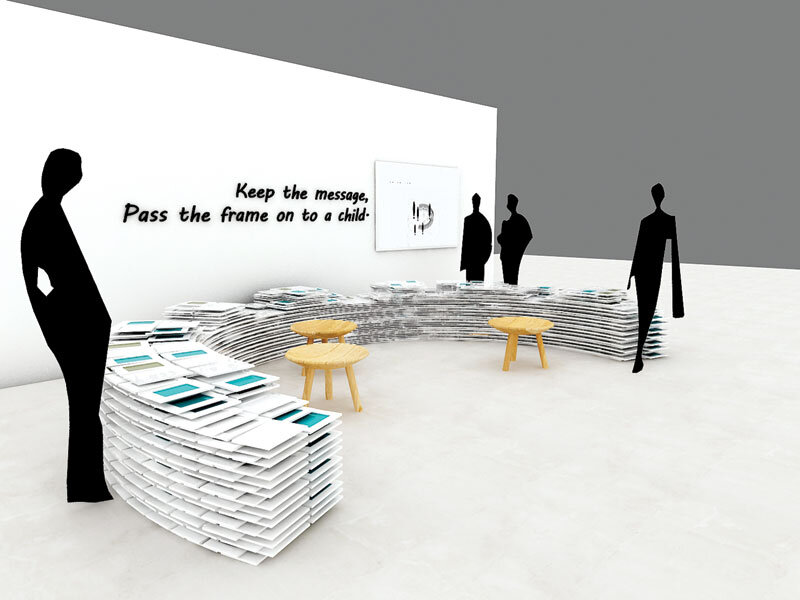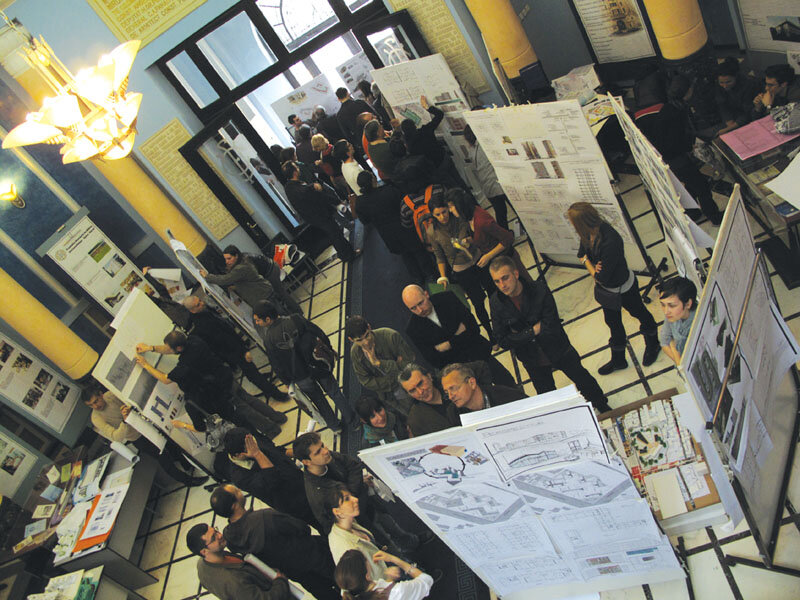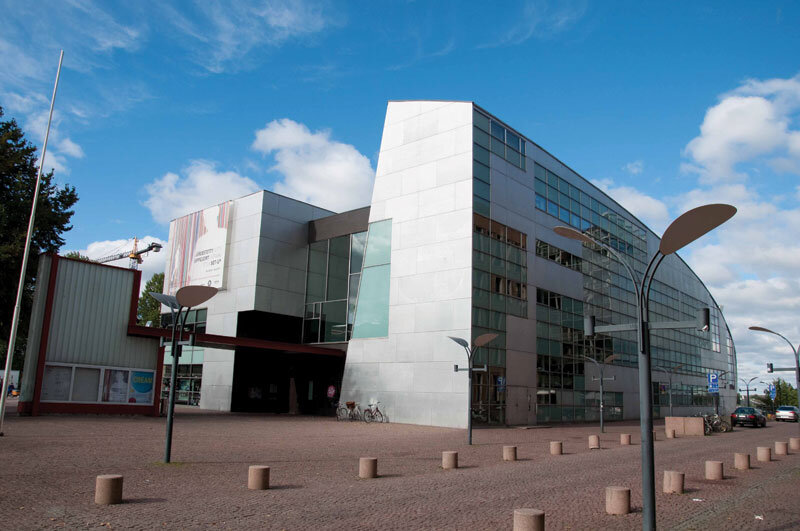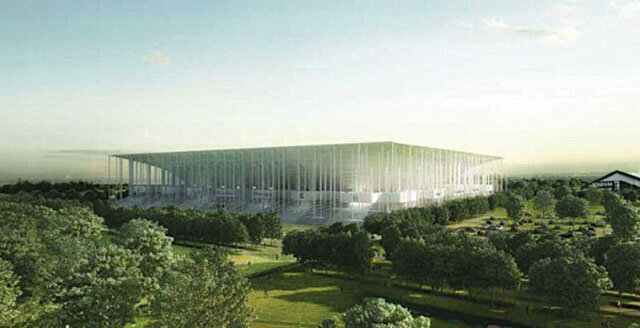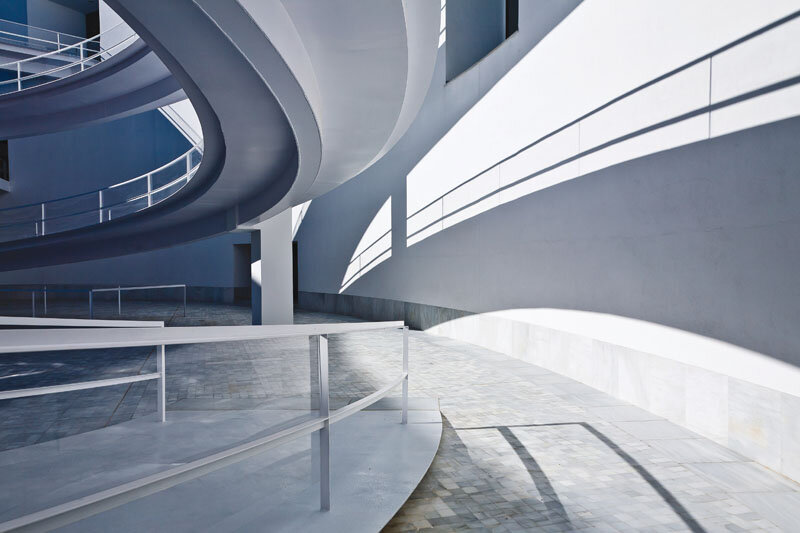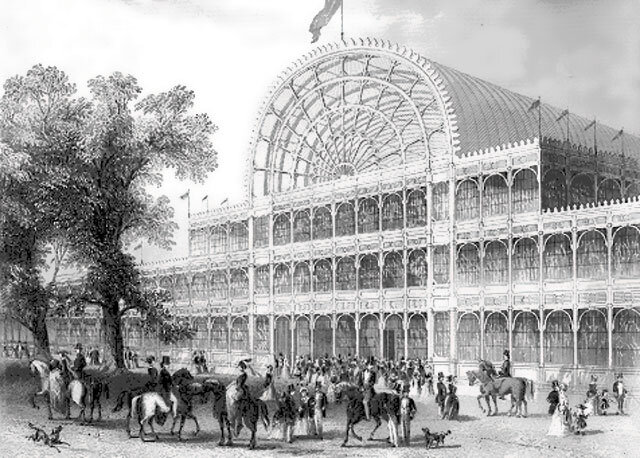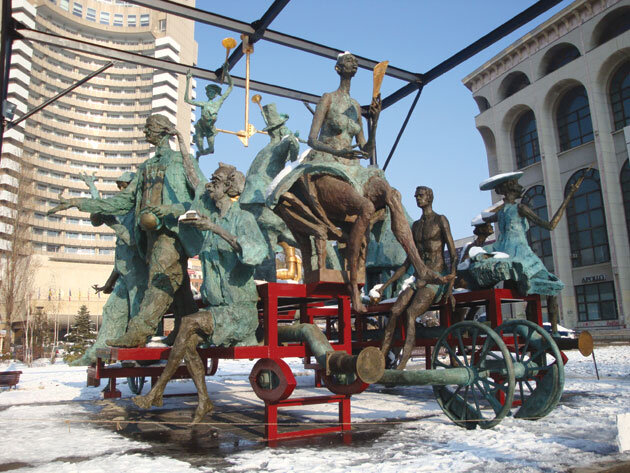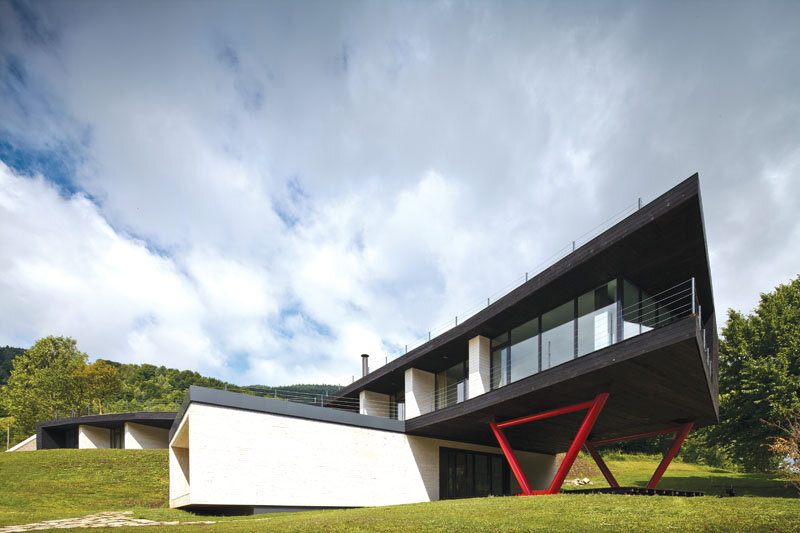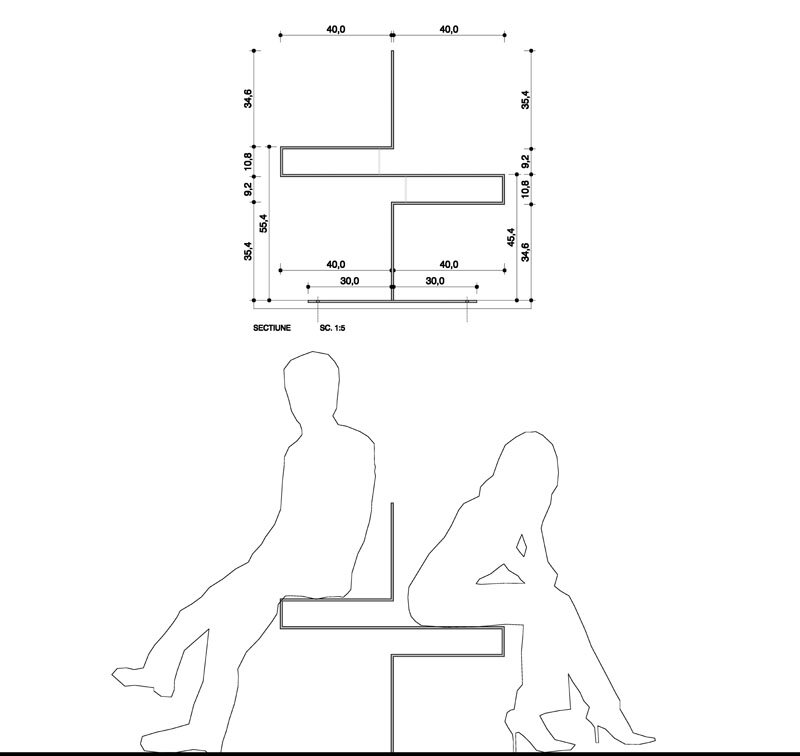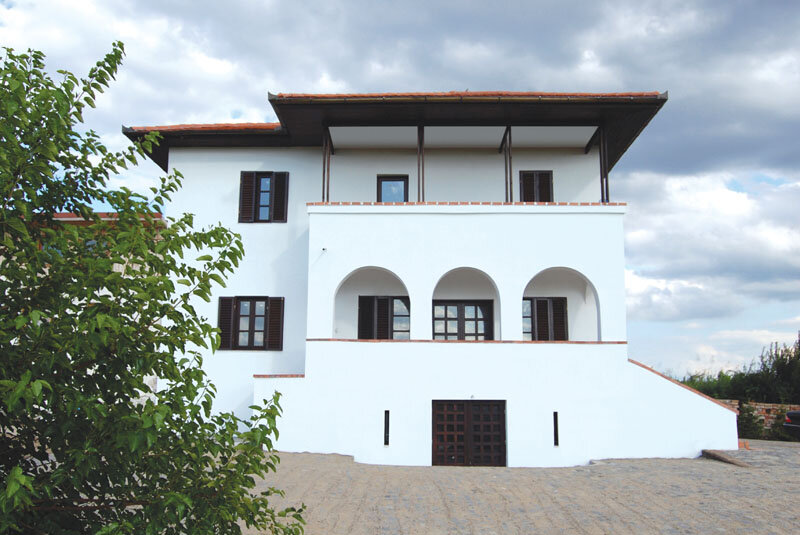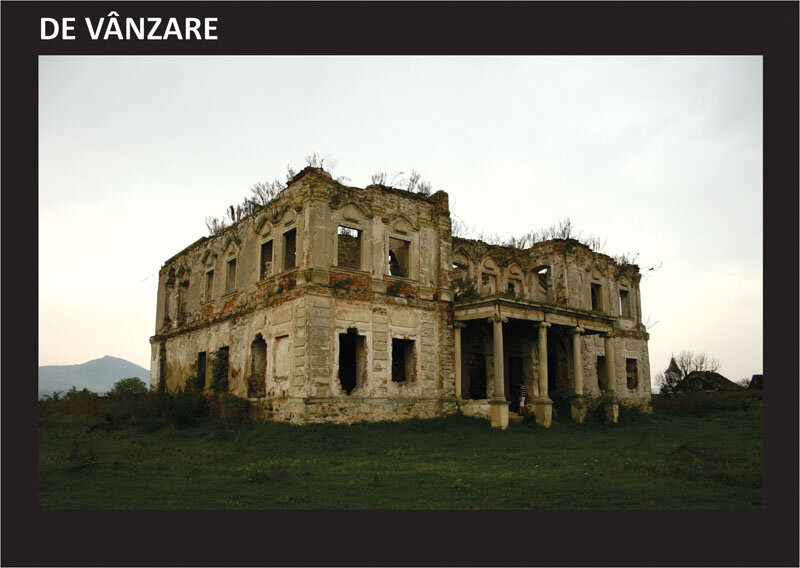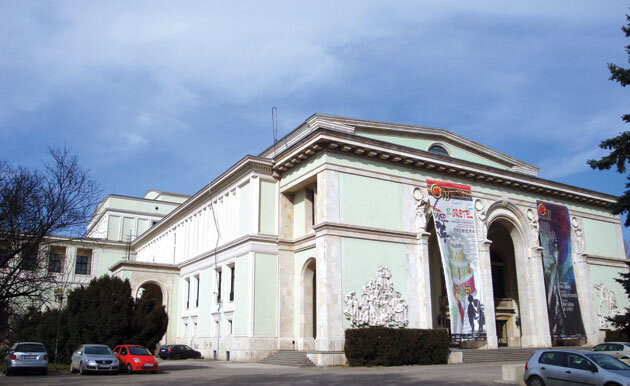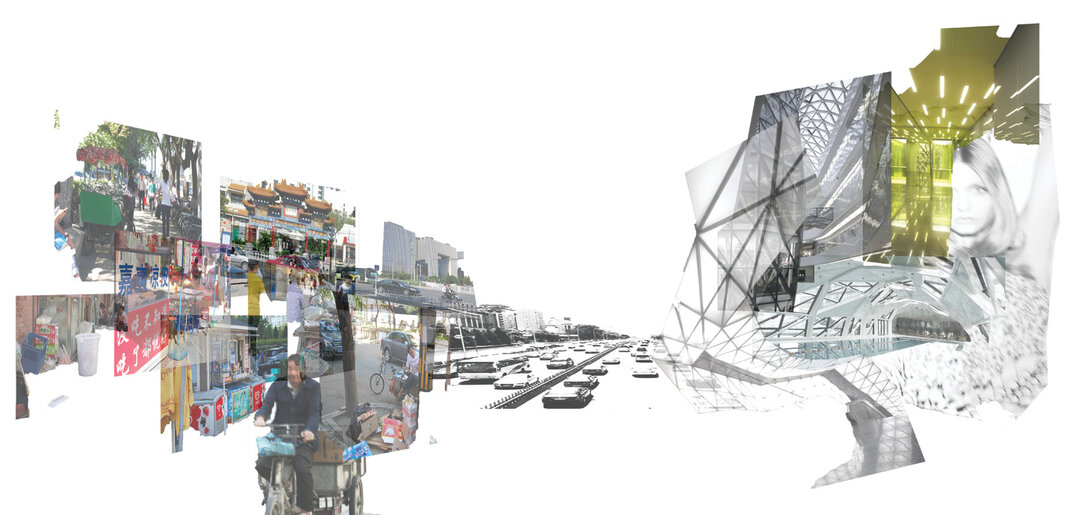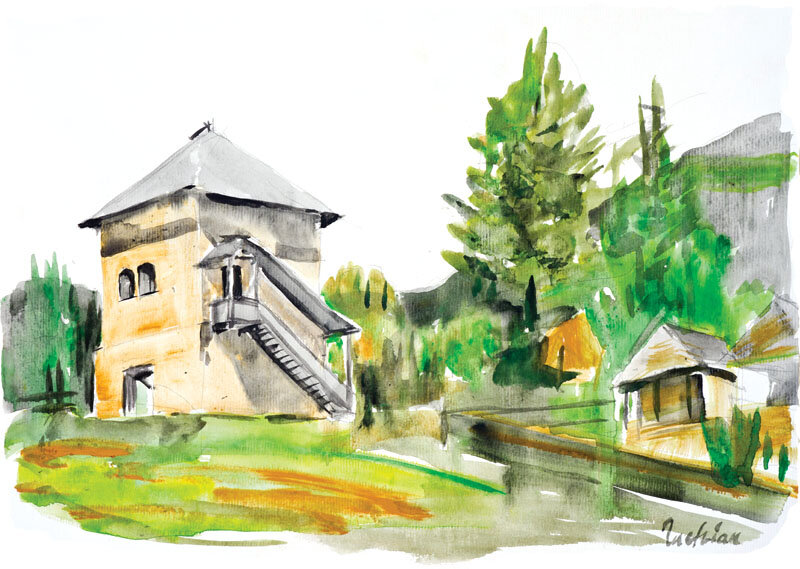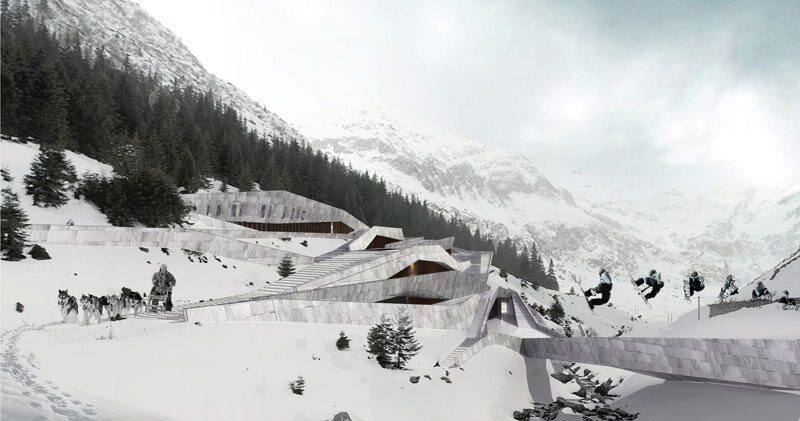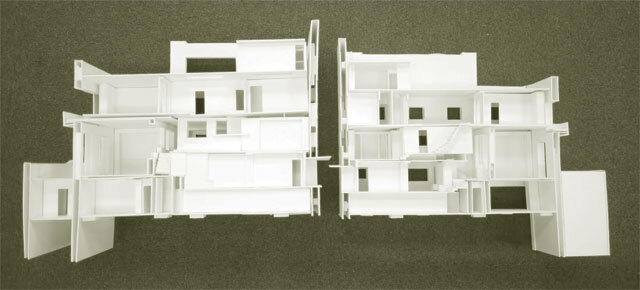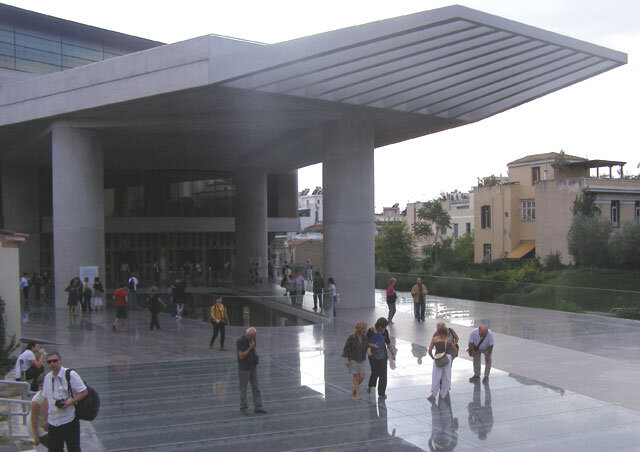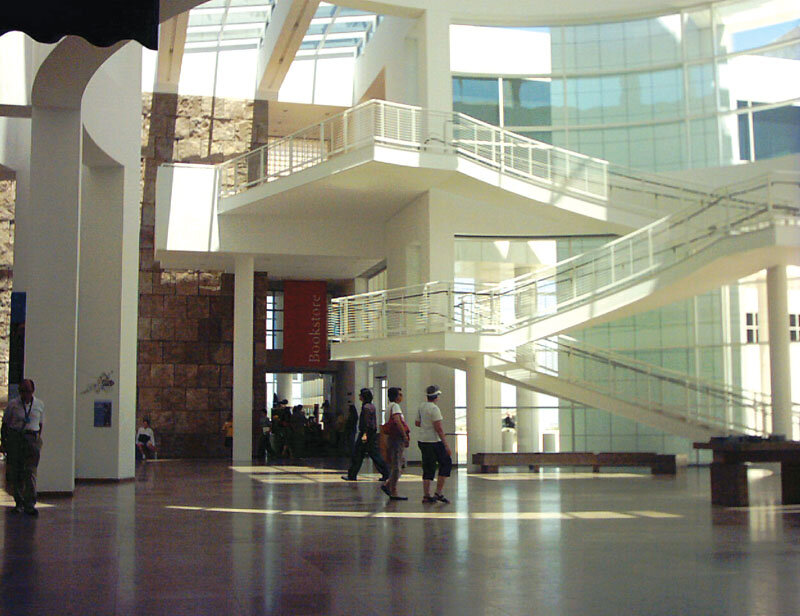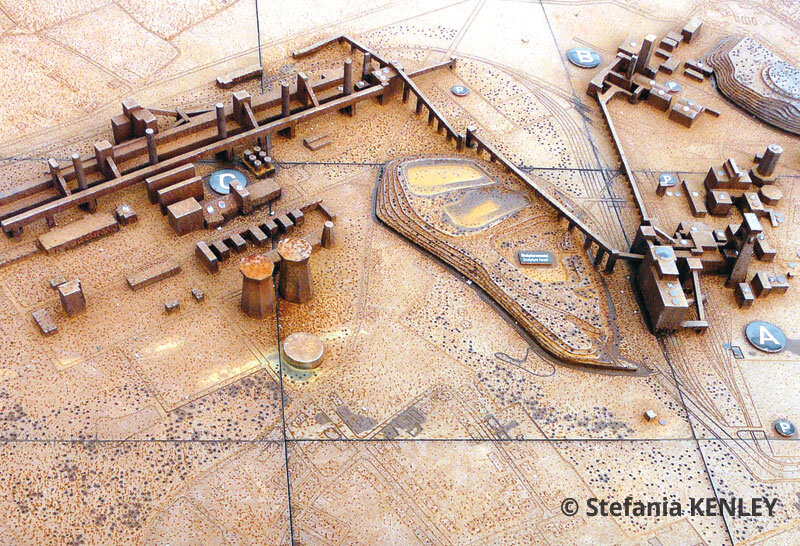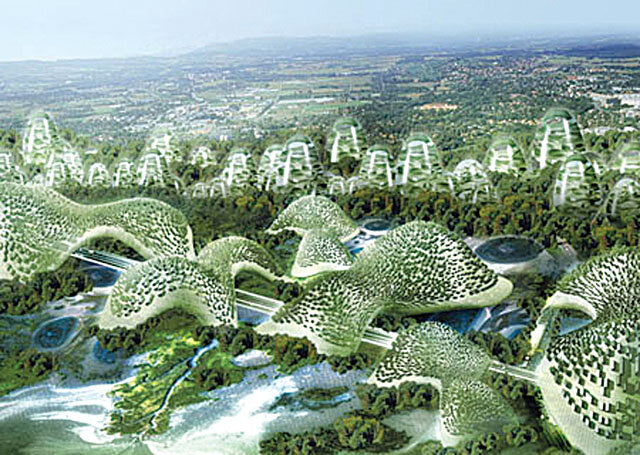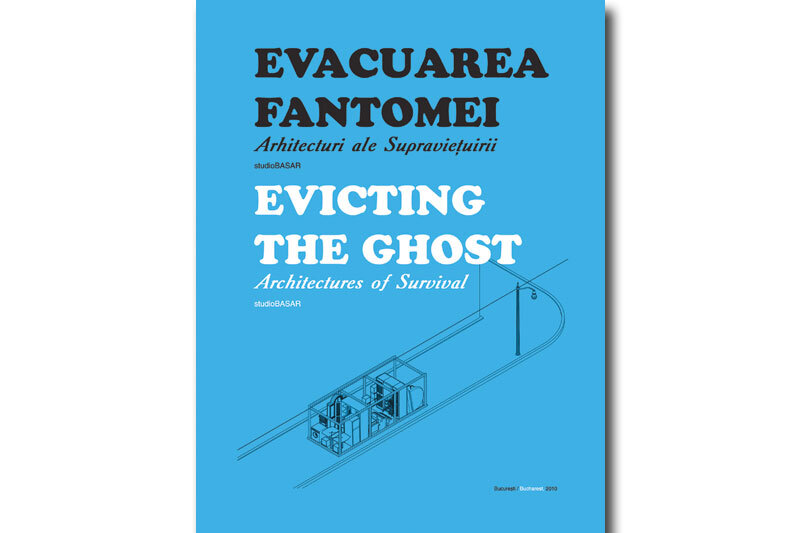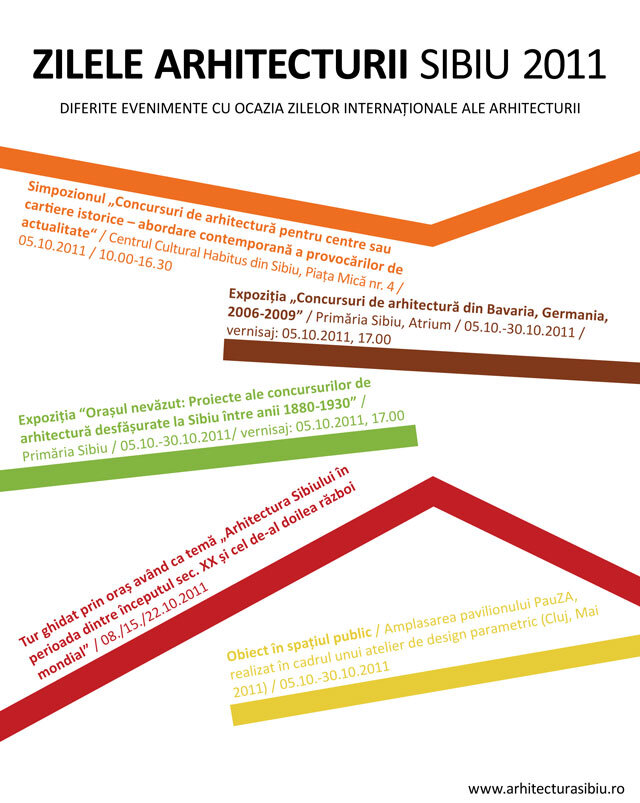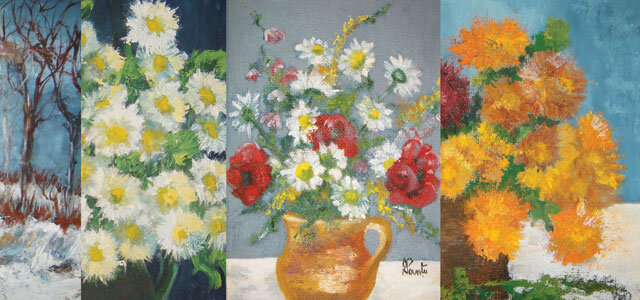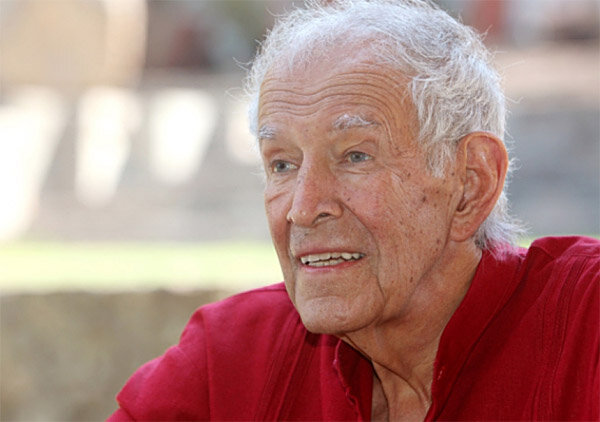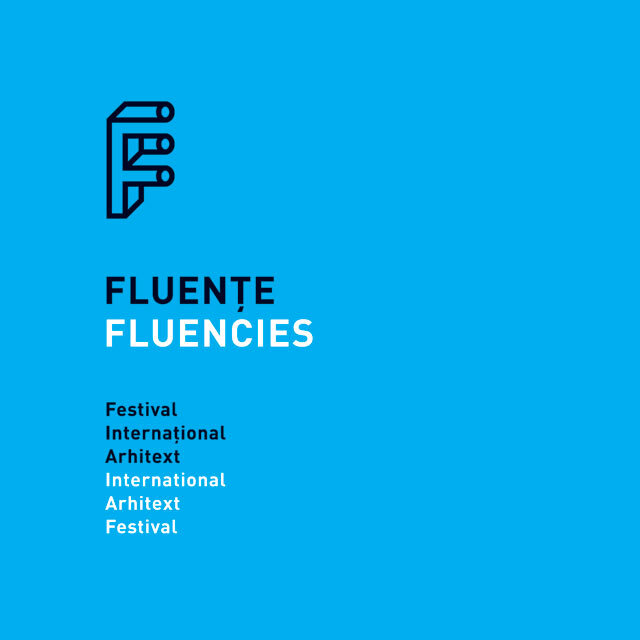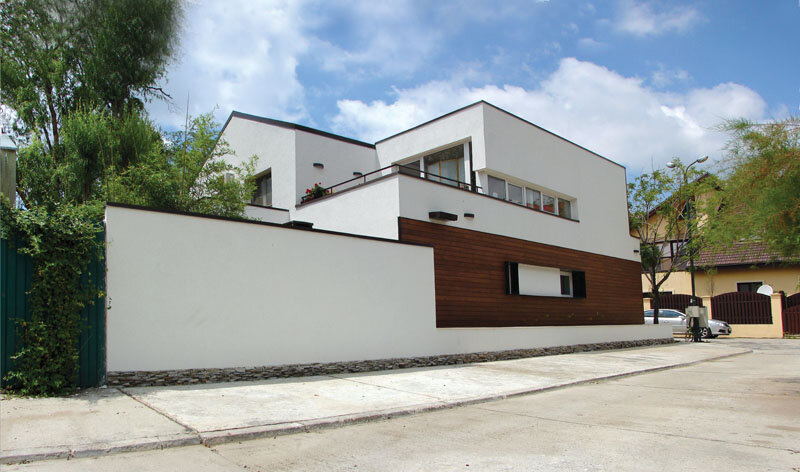
Argument on topic: Transparencies
The quality or state of being transparent is both a material condition - that of being permeable to light - but also the result of an intellectual imperative, an inherent need for something that can be easily detected, very obvious and free from any form of concealment. That is why the adjective transparent, with a physical meaning, functioning critically and honored with a plethora of moral nuances, becomes a dense word. We speak nonchalantly of transparent materials, communication strategies and policies with a certain degree of transparency, but also of spurious conditions, detectable by recourse to transparency.
In the field of architecture, the term transparent carries very open semantic meanings and has - in the literary behavior of contemporary architecture - an interesting suite of synonyms: ambivalence, interpenetration, simultaneity, superimposition, space-time.
To start the reading, it is appropriate to credit one of the most influential essays on transparency, which, surprisingly, as early as 48 years ago, proposed an incursion into the literary and phenomenological poles of transparency1.
In this issue devoted to this vast theme, we would like to reveal some of the architectural meanings of the word transparency. We try to avoid confusion and misunderstandings.
In the section of articles devoted to international architecture, we aim to distinguish some direct transparencies - in the composition of building façades - by glossing over the curtain wall. The almost chameleonic vocation of transparency delegated to physical elements in architectural spaces is surprisingly revealed.
We then comment on complex transparencies - installed permanently or ephemerally in sensory and mnemonic territories of the perception of objects. This journey is realized atypically for the canon of architectural text through a question of resemblance? The hint of a possible answer pursues an incursion with a passage from the usual container to urban and architectural arrangements. Through this association, an additional code of approximation is proposed to the image of a building, in Paris, which has almost become a prototype of the paraphrase.
By moving our attention to the built reality in the country, we try to understand the transparency of certain processes.
The case of the intervention on the National Theater building is a construction site whose beauty lies in the status of the intervention: a roof is being uncovered by covering and uncovering. The several months of concerted behavior of the works revealed to the consuming or passing public intense images of the form in the making.
The Enescu Festival has generated in George Enescu Square sublime moments of transparency of the space offered to the public with a program. We are referring to the physical, musical and interactive space at once, hoping for program contamination.
Architectural design is the most complex process. Regardless of narrowly bureaucratic or reductively academic classifications, this process is itself research. This article on design transparency is just the beginning of a
Series that we wish to be simultaneously critically engaged, but also bearing civilizing benefits in the environment of the profession and its 'consumption'.
Visual identity is a tremendously dynamic field. We consume images as we use brands and invent the right policies. This densified and densifying register of signs can reveal varied graphic types. The presented article attempts to demonstrate that the term transparent can be a compositional partner, a clue to time, a marker of an entity's state. By definition, a logo (a logo) has shape, color, texture and depth. Transparency can also denote a heraldry or an evocation of the recording, writing, drawing of an identity.
It is obvious that the wordplay transparent/ trans-apparent has for the theoretical approach evocative fertility. What may be convincing lies in the proposed framework of approach. The proposed essay builds remarkably inside the essence and outside the appearance.
We are convinced that, at least for Romanian spirituality, to trans-appear is a matter of looking. Perhaps that is why the Romanian word "privință" starts from a privi [with the eyes, heart and soul], unlike other civilizations that insistently substitute it for regard, with a much too restrictive destination, called de referitor.
In this rank of interpretation, all the thematic articles presented in this issue do not wish to give verdicts. They propose. They look at, contain and reveal transparency in different conditions of perception, experimentation and use, as well as of meaning. We hope that through the following pages we have succeeded in generating the joy of observing transparencies.
1 The essay "Transparency: Literary and Phenomenological" by architectural theorist Colin Rowe and Robert Slutzky, Volume 8 of Prospecta - published by the Yale School of Architecture, creates through [orig. Transparency: Literal and Phenomenal and republished under the title Transparency: Literal and Phenomenal Part II, Perspecta 13/14, 1971] a new benchmark in the understanding of the notion of transparency.





